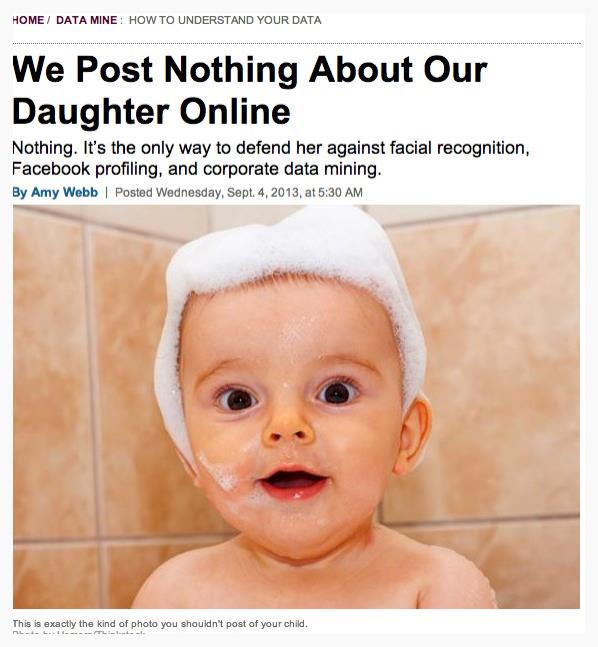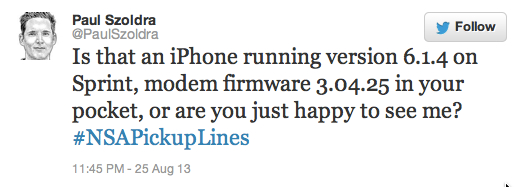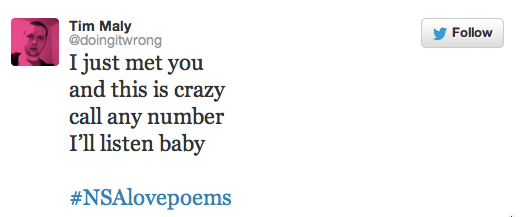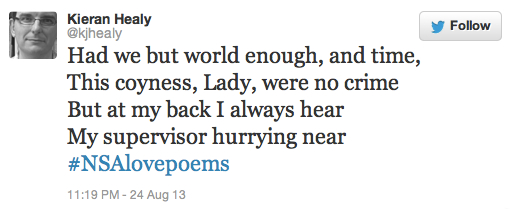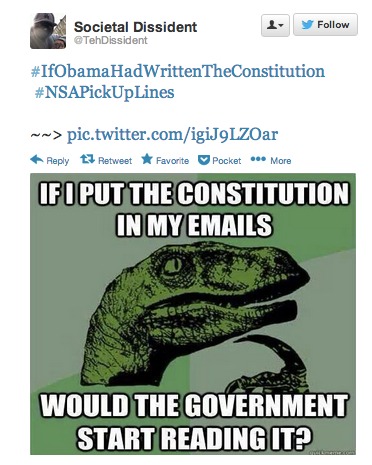Privacy settings and the law: making user preferences meaningful
/The scope and meaning of privacy settings on Facebook and other social media are still being negotiated. Some recent developments and new case law are helping to clarify when and where “private” means “protected.”
“Kids today”
A May 2013 Pew Internet survey of teens, social media and privacy indicates that the prevailing wisdom that “kids don’t care about privacy” is wrong. Indeed, it showed 85% of teens aged 12-17 using privacy settings to some extent, with 60% setting their profile to private and another 25% having a partially private profile. A 2010 study on Facebook users and privacy indicates that adults and teens show equal awareness of privacy controls and that adults are even more likely to use privacy tools. Social media services are providing tools to protect privacy and users are proactively utilizing those tools.
Unfortunately, those privacy settings aren’t always sufficient to protect personal information:
· Degree of difficulty: for example, within Facebook, (as I write this) the default setting is “public”, and though granular controls are provided, some find those controls so confusing that information winds up being de facto public.
· Also, though nominally taking place within the Facebook environment, information that is shared with third party apps moves outside the control of Facebook. Note, this is a rapidly evolving situation—Facebook frequently updates privacy tools in an effort to balance the interests of users, advertisers, and its business model.
“Private” means private: Even more concerning has been the failure of courts to respect privacy settings. In cases where no privacy settings have been applied, courts have admitted personal information gleaned from Facebook as evidence. For example, in a 2010 Canadian case, [Shonn's Makeovers & Spa v. M.N.R., 2010 TCC 542 ] the court considered an individual’s profile information on Facebook (information which is de facto public) as a decisive factor in ruling the plaintiff was a contractor rather than employee.
Profiles & privacy: recent court decisions
We’ve seen an unsettling trend of courts admitting information gathered online—even when an individual user has applied privacy settings—categorizing such information as inherently public in spite of their proactive efforts to protect information.
· The Ontario Superior Court, for instance, determined in Frangione v. Vandongen et al (2010) ONSC 2823: (1) that since it is accepted that a person’s Facebook profile may well contain information that is relevant to a proceeding; therefore (2) even when dealing with a profile that has been limited using privacy tools, it is still appropriate for the court to extrapolate from the nature of the social media service that relevant information may be present.
· Similarly, in British Columbia the court concluded in Fric v. Gershmann (2012) BCSC 614 that information from a private Facebook profile should be produced. This decision was grounded in three conclusions: (1) that the existence of a public profile implied the existence of a private profile that could contain relevant information; (2) that since the plaintiff was relying on photographs of her prior to the accident it was only fair that the defendant have access to photographs after the accident; and (3) that the fact that the profile was limited to friends was somewhat irrelevant given that she had over 350 “friends”, thus suggesting publicness.
Canadian courts have tended to allow information from social media profiles to be admitted as relevant and available, regardless of whether privacy settings have been used or not.
Given this, it is particularly significant that in August 2013 the New Jersey District Court recently found [Ehling v Monmouth-Ocean Hospital Service Corp et al Civ No. 2:11-cv-03305] non-public Facebook wall posts are protected under the Federal Stored Communications Act. There, Ms. Ehling had applied privacy settings to restrict her information to “friends only” and a “friend” took screenshots of her content and shared it with another. The protection is being extended to the information despite the fact that the third party did not access the information via Facebook itself.
• • •
As the law evolves to meet the challenges of new online risks and rewards, a balance needs to be found in providing meaningful respect for privacy and personal information. It is important for “users”—in other words, all of us—to be able to participate in social, cultural, and commercial exchanges online without the sacrificing the widely recognized right to privacy we have offline.
